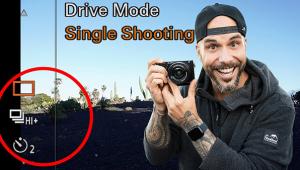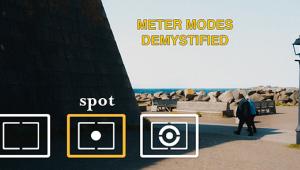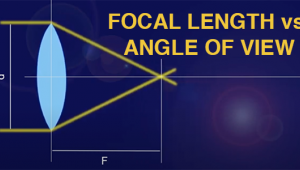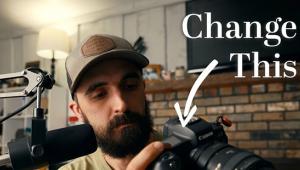Black-and-White Street Photography Tips: How David Ingraham Uses an iPhone to Capture the Moment
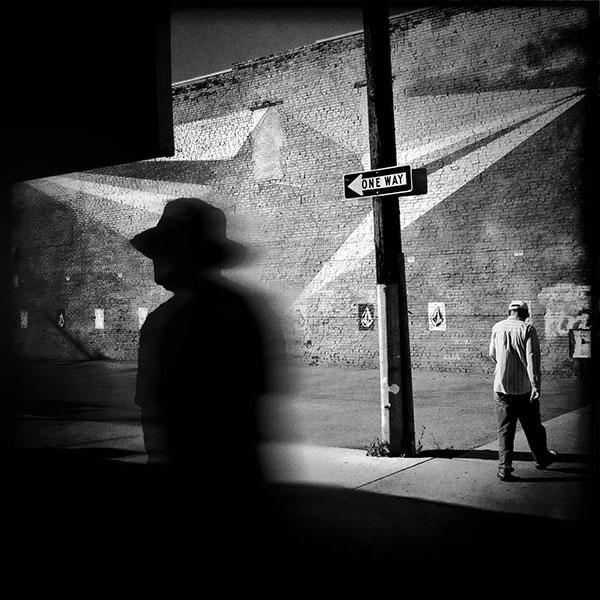
The iPhone changed everything, including street photography.
Inspired by the marquee names of the genre—Henri Cartier-Bresson, Robert Frank, Garry Winogrand—David Ingraham’s street images are, of course, in glorious black and white, and his methods are faithful to the code: stealth is okay, setups aren’t; you walk, mingle, wait, observe, react. But he shoots with an iPhone and calls his efforts mobile street photography.
“The iPhone’s enabled me to capture images in the streets in a way I’d been unable to before,” he says. “It gives me a level of invisibility and inconspicuousness that I wasn’t able to achieve with larger cameras, and it’s been my main camera of choice for six or so years. Everybody’s got an iPhone, so I do the pretending-I’m-on-the-phone routine. When people are about to step into a scene I take a quick shot, then put the phone back up to my ear.”
Even if people see him taking pictures—and sometimes he’s quite open about it—they seem to be indifferent. “Once in a while they’ll see me and duck,” he says, but most often it’s not a realization that seems to register, or one they take all that seriously. “People just don’t realize I’m a somewhat serious photographer when they see me shooting with the iPhone, and I actually love that.”
The picture at the top of this story was taken in downtown Missoula, Montana. “I’m always seeking out interesting backdrops that I can use as a starting point.”
Many of his street photos bring to mind ’40’s and ’50’s film noir. He says he’s a big fan of old black-and-white movies—“anything in the Janus/Criterion collection is right up my alley”—but he doesn’t look for any particular subjects or scenes. “I’m just trying to capture a good photograph of whatever seems interesting.”
Occasionally the image might not be interesting enough. In this photo, the blur was added to the silhouette in post to give the figure a sense of motion.
“To get a blurred shot like this in daylight would have been impossible. I come from a traditional background. I studied the work of the decisive-moment greats. I know the tradition, the history, but I’ve got an experimental side as well, so some of my street photography is a combination of traditional and a more contemporary, experimental approach.”
He credits the first rangefinder cameras with street photography as we know it—“their small size and ability to capture those decisive moments”—and believes the iPhone takes that to the next level. “Smaller, even more inconspicuous. I can’t imagine Cartier-Bresson not being enthusiastic about the idea of the iPhone. I picture him using one.”
Cartier-Bresson photographing with an iPhone. I don’t know about you, but I’m going to take a few minutes to conjure that image.
Tech Talk: David Ingraham took the photo with an iPhone 4. He did the black-and-white conversion using the Hipstamatic app, and the app’s John S and BlacKeys SuperGrain options for the lens and film look. The blur effect was added with the BlurFX app.
David Ingraham’s website, davidingraham.com, features a selection of images and information about iPhone-related workshops. His most recent photos are at instagram.com/dayzdandconfuzd. At tinycollective.com you can check out his activity with the Tiny Collective, a group of photographers united by iPhone photography and the idea of Instagram “as sort of a worldwide exhibition space in the palm of your hand.”
- Log in or register to post comments









